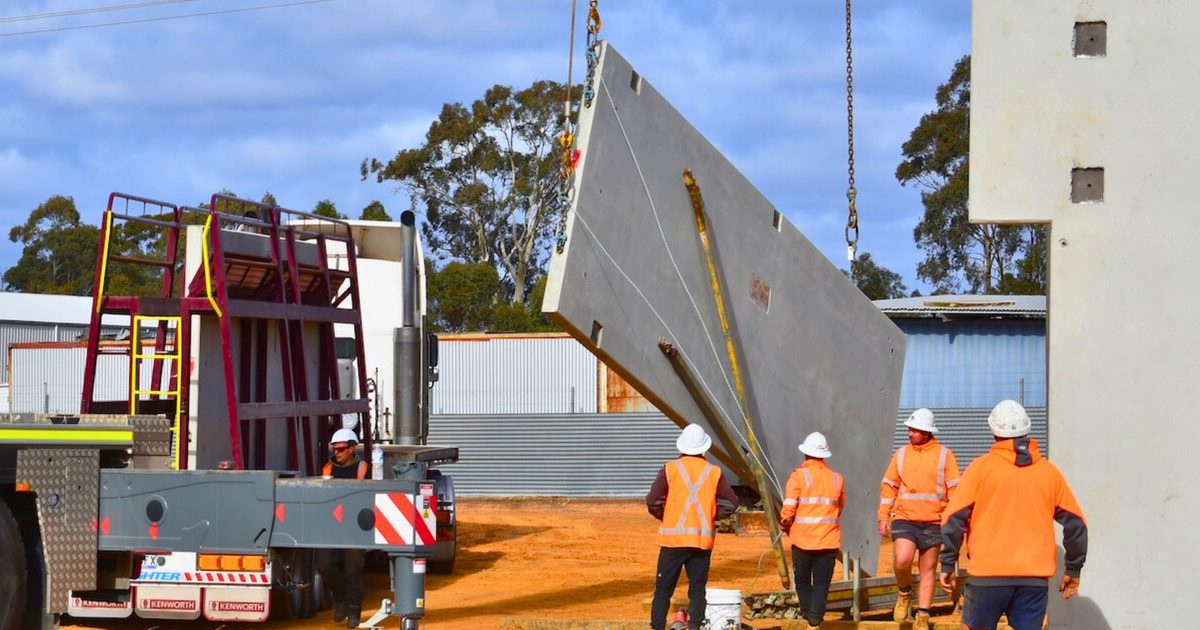RBA backs supply, not rent controls, to ease price pain

Outgoing Reserve Bank governor Philip Lowe has said making supply more responsive to changing demand is the solution to housing woes. Photo: LUKAS COCH/ AAP IMAGE
THE answer to Australia’s housing crisis is more supply, says the head of the Reserve Bank, rather than short term fixes such as rent controls or handing out money to help people buy.
In one of his final appearances as governor of the central bank, Philip Lowe said reforms to make supply more responsive to changes in demand was the solution to Australia’s housing woes.
Rents have been surging and are growing at close to 10 per cent at an annualised rate and are anticipated to stay at least in the high single digits for some time.
Dr Lowe said demand for housing was outstripping supply, with the population increasing by 2.5 per cent whereas the number of dwellings in the country has increased 1.5 per cent.
Asked about rent controls, which have been pushed by the Greens as a way to keep a lid on prices, he said it might help in the short run but ultimately would likely reduce incentive to add supply.
“We’ve got to keep a medium-term perspective on this, will it add to the supply of rental accommodation over time? My judgement would be that it would not,” he said.
The governor likened it to giving first home buyers money to help them get into fast-rising housing markets.
“Generally, giving people more money or capping prices doesn’t help with the balance of supply and demand in the market,” Dr Lowe said.
He recommended a longer-term focus to the pressures on the housing market and highlighted zoning and planning deregulation as opportunities to make the supply side of the market more flexible to fluctuations in demand.
All levels of government would need to be involved in the task of driving supply and the governor also offered an explanation for the recovery in home prices.
After entering a downturn in 2022, the residential property market started rebounding earlier this year, before many experts expected.
Dr Lowe said a major driver of the recovery was the “understandable perception in the community that the peak of interest rates is either now or close at hand”.
Shifting population dynamics since borders reopened were also adding to demand for housing and new supply was failing to keep up.
A third reason was the rising nominal incomes due to inflation, with Dr Lowe noting while some suffer when interest rates rise, others do reasonably well.
“So people are saying, ‘Well, if I can afford the current rate of repayments, and as long as I keep my job, there’s going to be strong demand for housing going forward, and it’s a good time to buy property’,” Dr Lowe said.
But he said there were a few reasons to expect housing market dynamics to change, including the anticipated rise in unemployment as the economy slows.
Dr Lowe also said nominal income growth would start to slow and the catch-up in migration since borders reopened had “almost run its course”, suggesting population dynamics would start to go back to normal.
– POPPY JOHNSTON/ AAP


















